ABOUT ROOF FRAMING
Framing a roof with wide dimensional lumber is standard for many builders. Work starts as soon as the lumber has been unloaded, and a skilled framing crew can cut a roof very quickly.
But the 2x10s or 2x12s that are often used for rafters come from big trees and represent more raw material than alternatives such as roof trusses, I-joists, or structural insulated panels (SIPs).
Yet the use of 2×10 or 2×12 dimensional lumber for roof framing may still make sense in regions of the country that have local sawmills. Delivery distances for dimensional lumber from local sawmills are short, saving transportation energy.
Venting, insulating, and air sealing the roof and attic are possibly two of the most difficult details to get right in a house. Vented roofs are designed to cool attics, dry insulation, and prevent ice dams, among other things. There are now a number of successful ways to use spray foam or rigid foam insulation to build a durable, energy-efficient roof without vents.
Complicated roofs are difficult to vent. In some cases, an unvented roof assembly is the only one that will work.
Unvented roofs can perform well as long as they include thick insulation and are properly detailed to limit moisture transfer from the interior. Construction details vary depending on climate, but unvented roofs insulated with closed-cell spray polyurethane foam (specifically allowed by Section R806.4 of the IRC) can be used anywhere.
One criticism of unvented roofs insulated with spray foam is that roof leaks may be difficult to detect, and could cause extensive roof sheathing rot before the homeowner notices any problems.
Spraying closed-cell polyurethane foam directly on the underside of the roof deck to form an air, vapor, and thermal barrier is a foolproof but expensive way…

This article is only available to GBA Prime Members
Sign up for a free trial and get instant access to this article as well as GBA’s complete library of premium articles and construction details.
Start Free TrialAlready a member? Log in
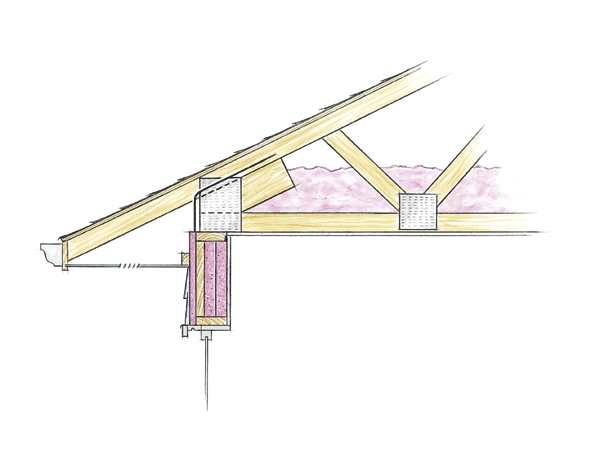
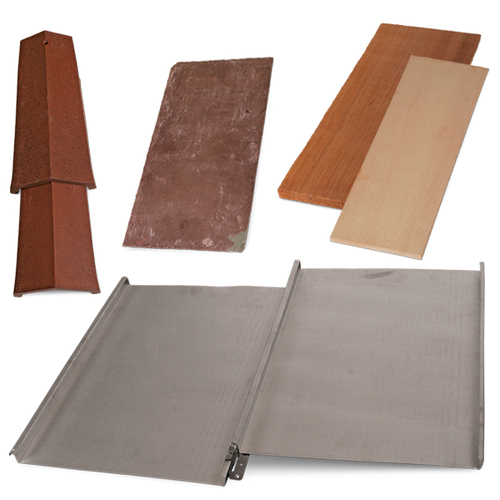
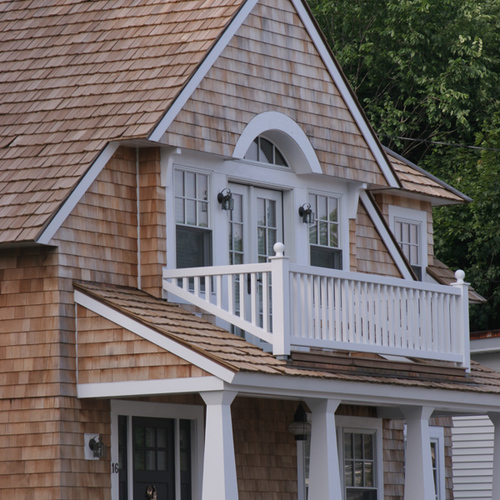
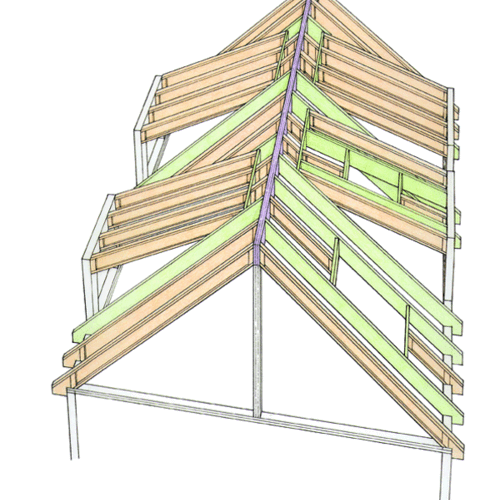
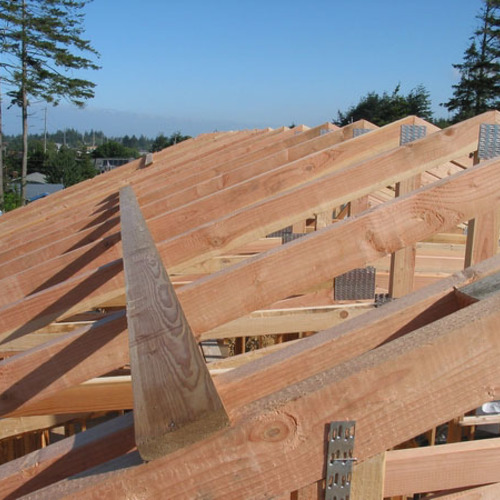






2 Comments
Yes, these roofs use less
Yes, these roofs use less wood but the difference is not that obvious, it can only be obvious from an industrial perspective. Are there any other advantages for this kind of roof? I am considering my options now, still haven't come with a plan and I am hoping Andover roofing will help me decide for the best roof option.
It doesn't matter much
George,
Don't sweat this decision too much. From a green perspective, the difference between choosing engineered lumber rafters, sawn rafters, or trusses is extremely minor compared to more important issues like insulation levels and building envelope airtightness.
For most homes, the most important factors behind this decision will not be environmental; instead, they will be economic and structural.
Log in or become a member to post a comment.
Sign up Log in